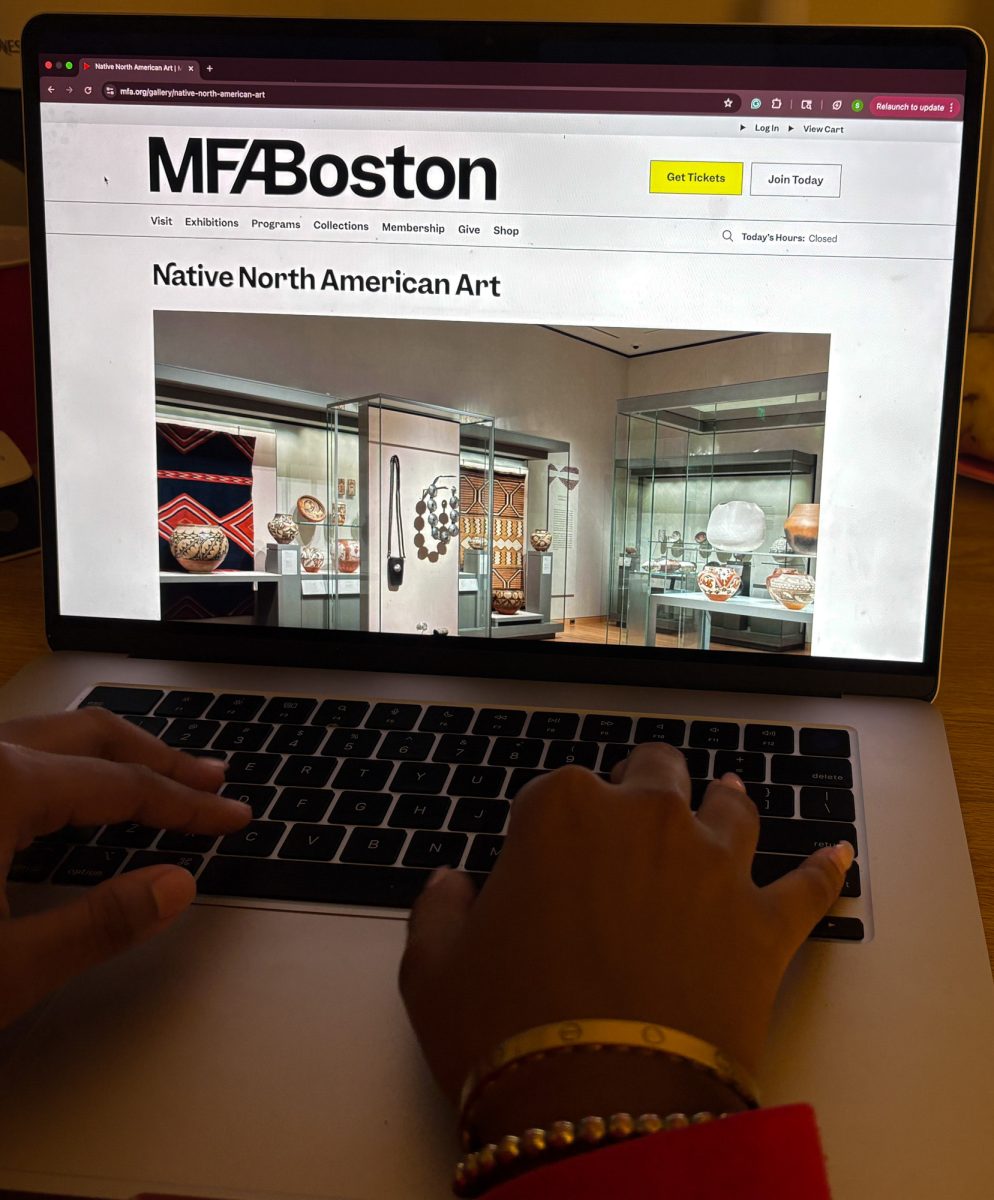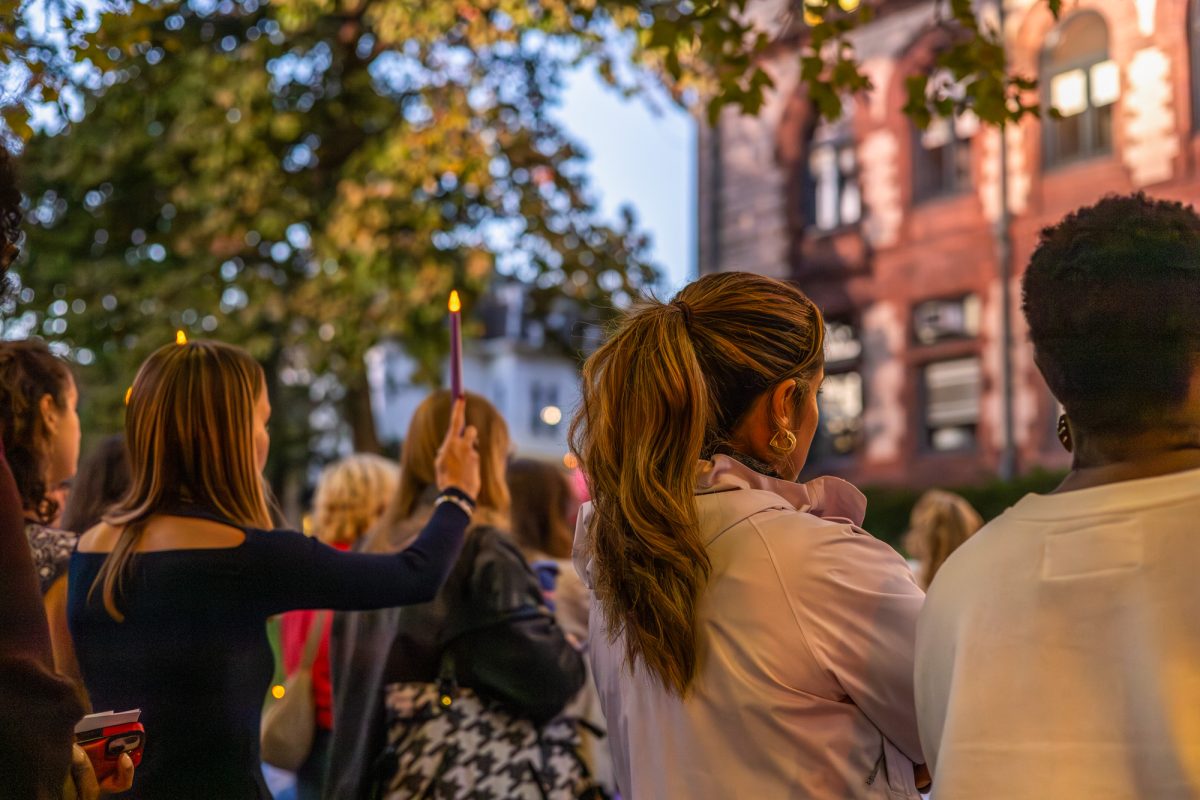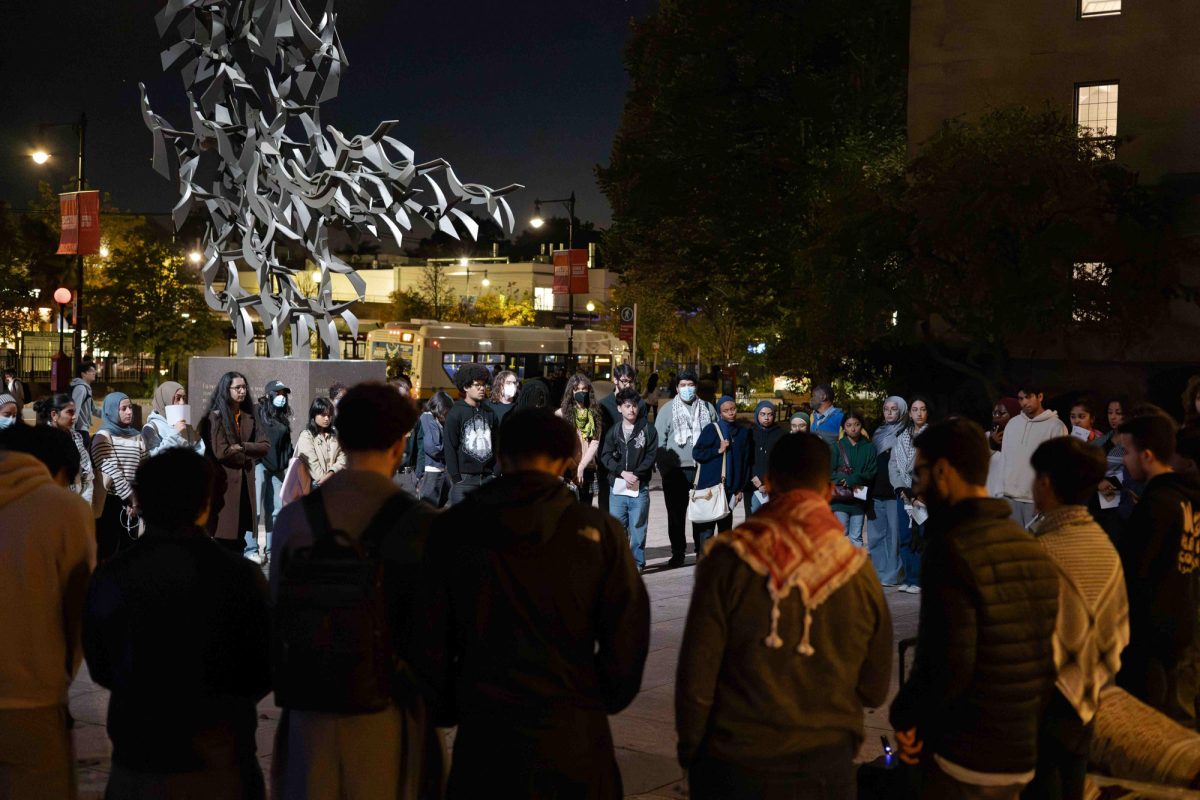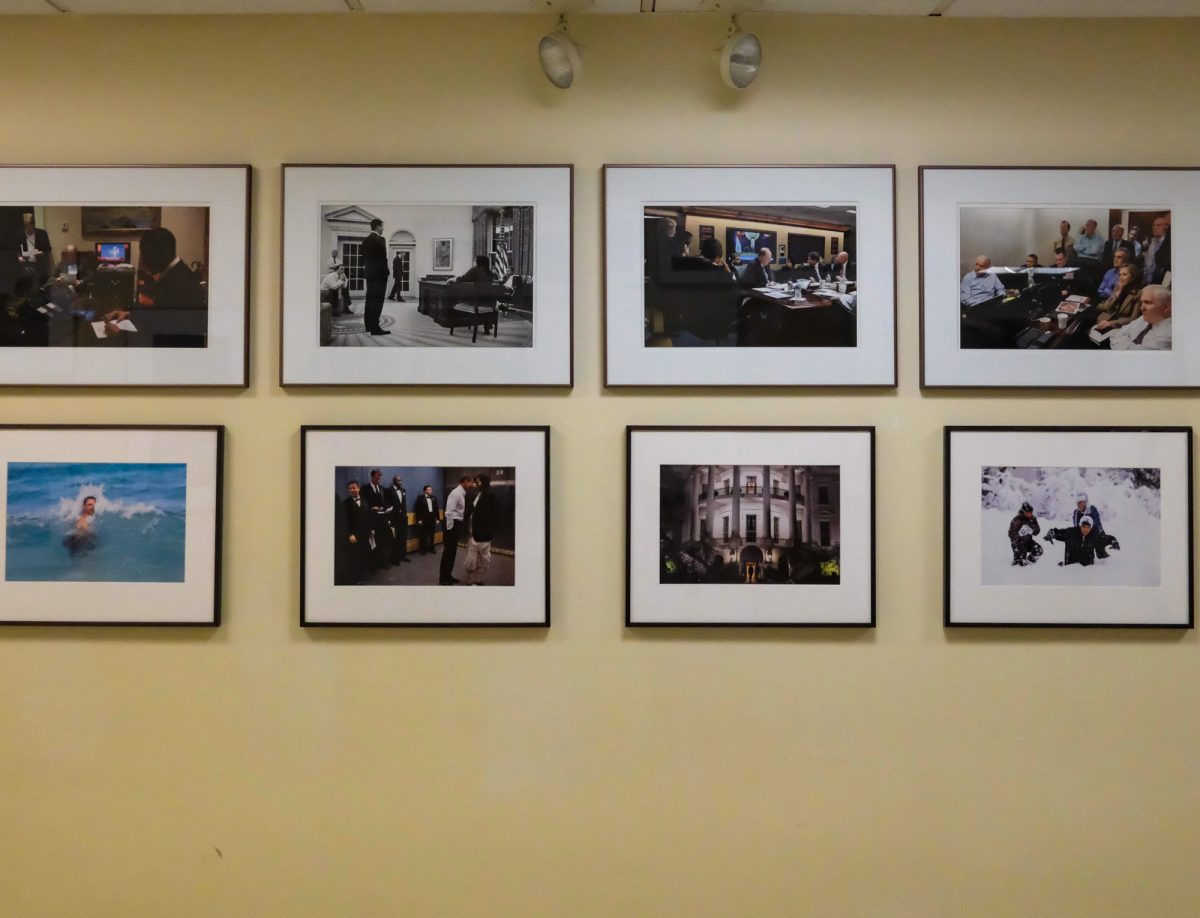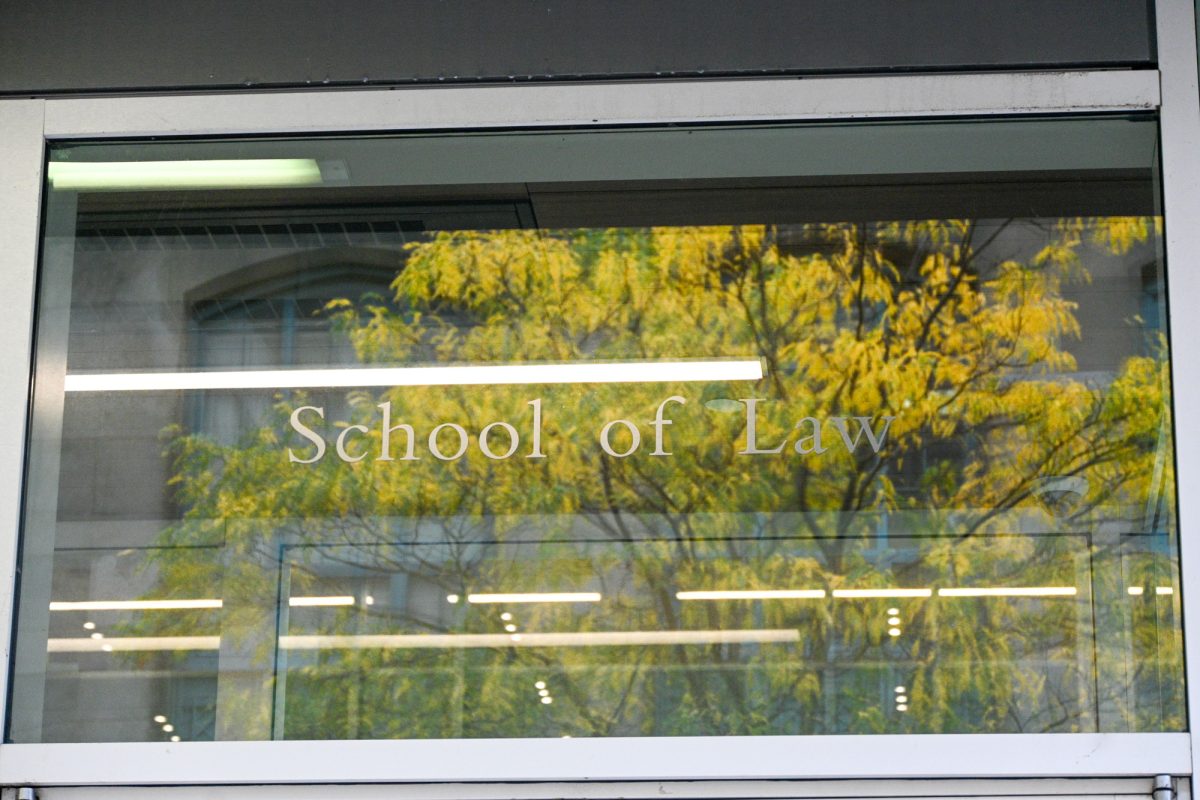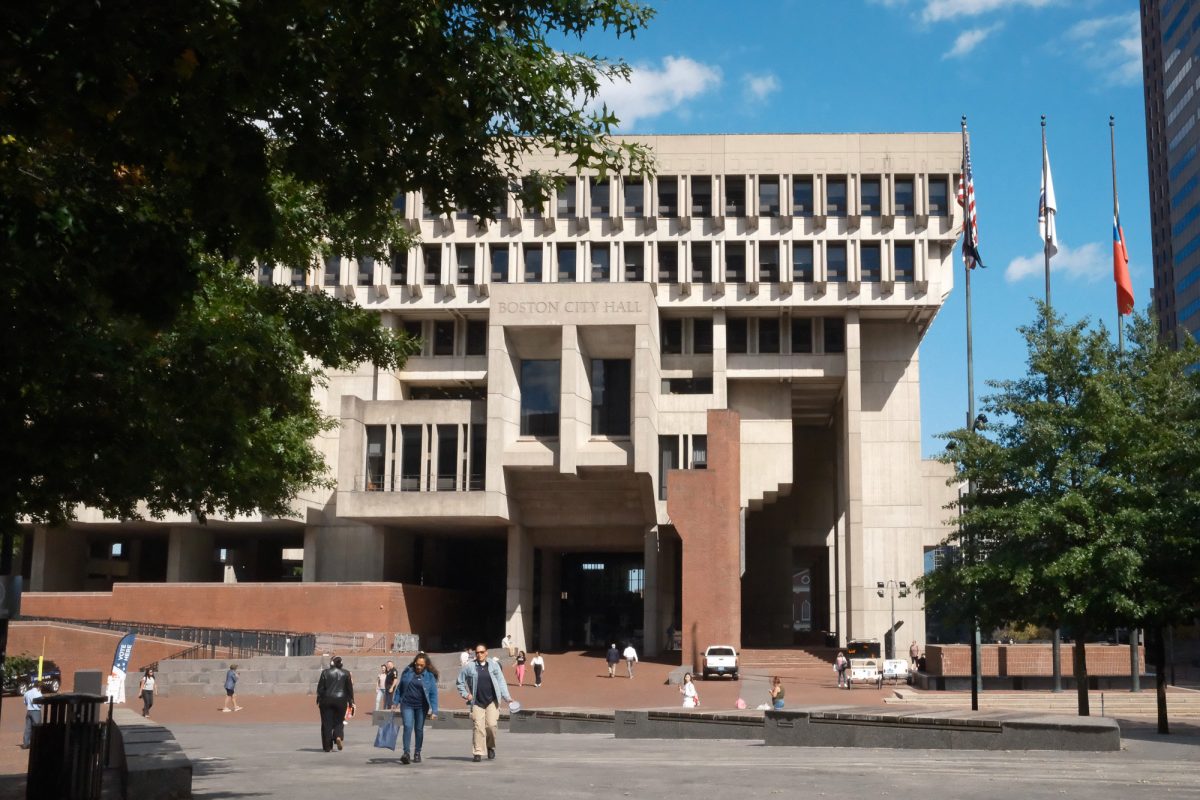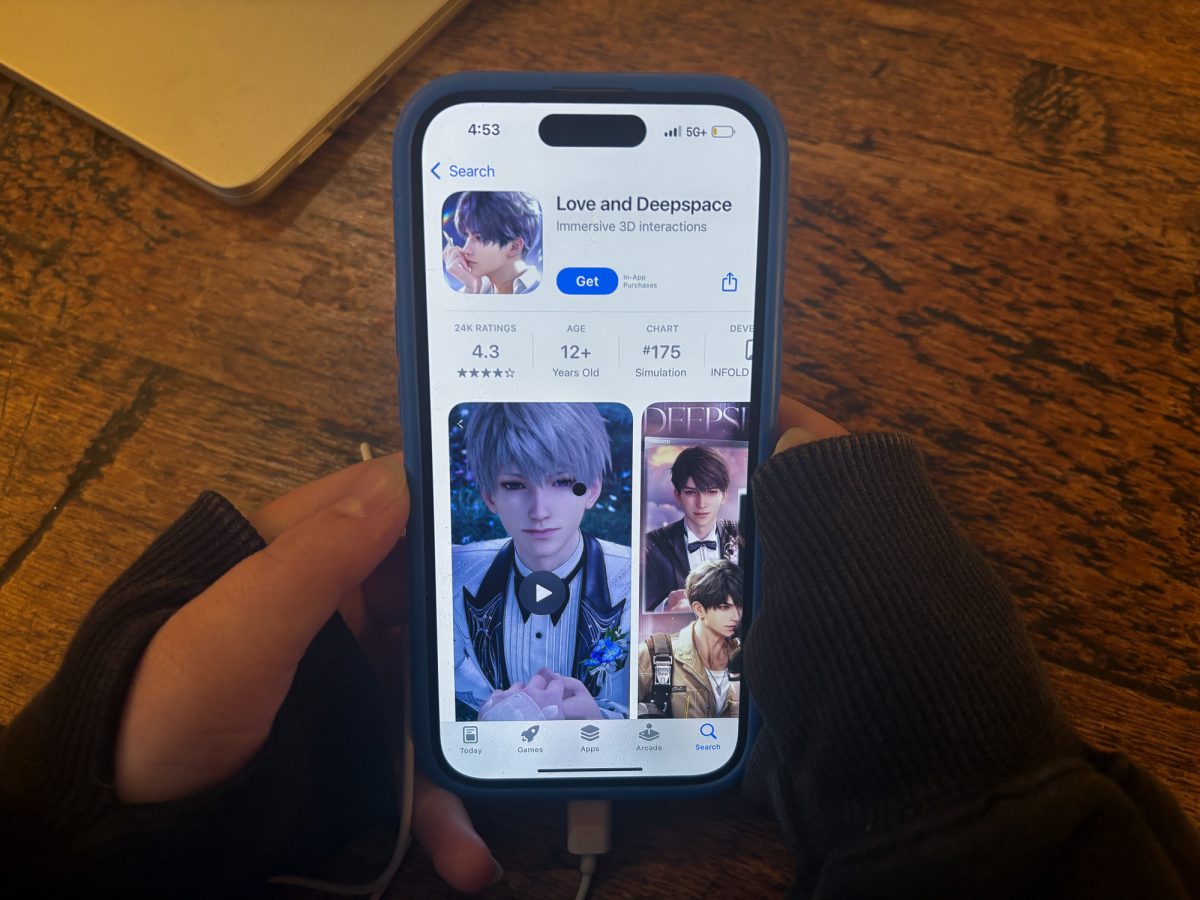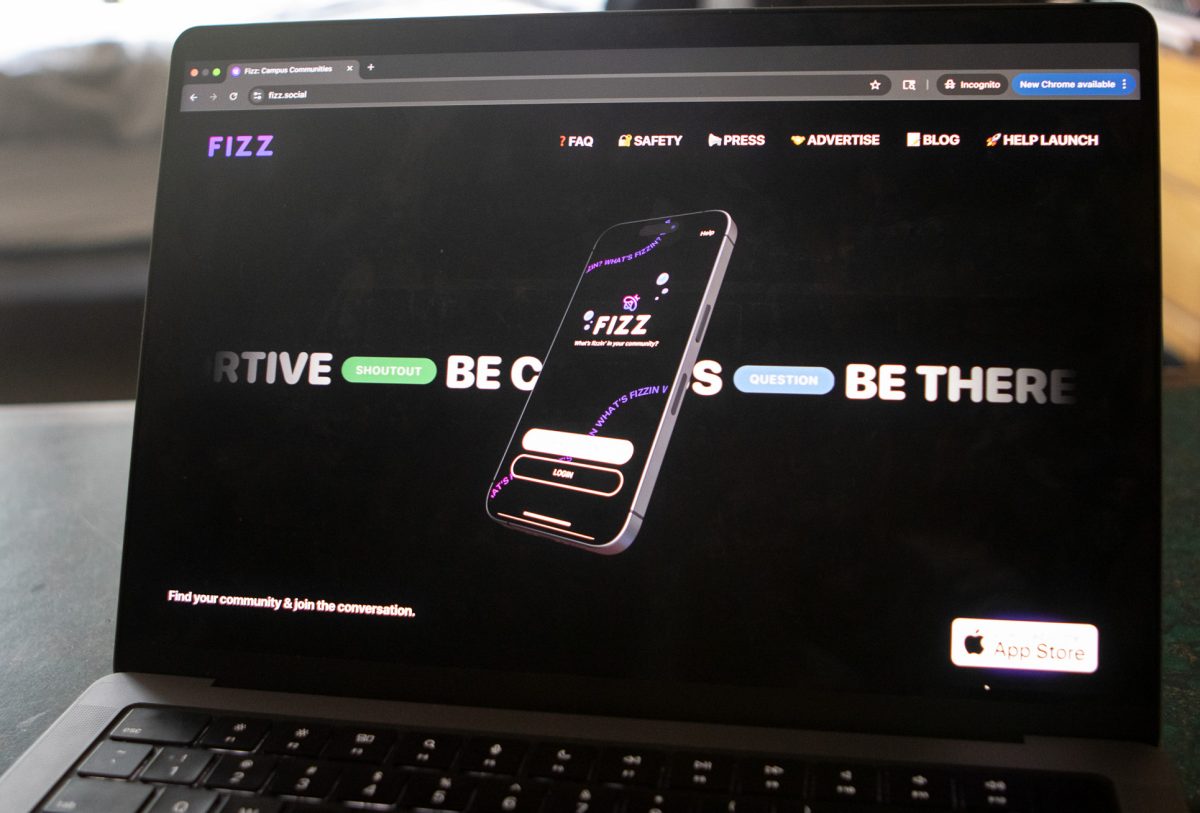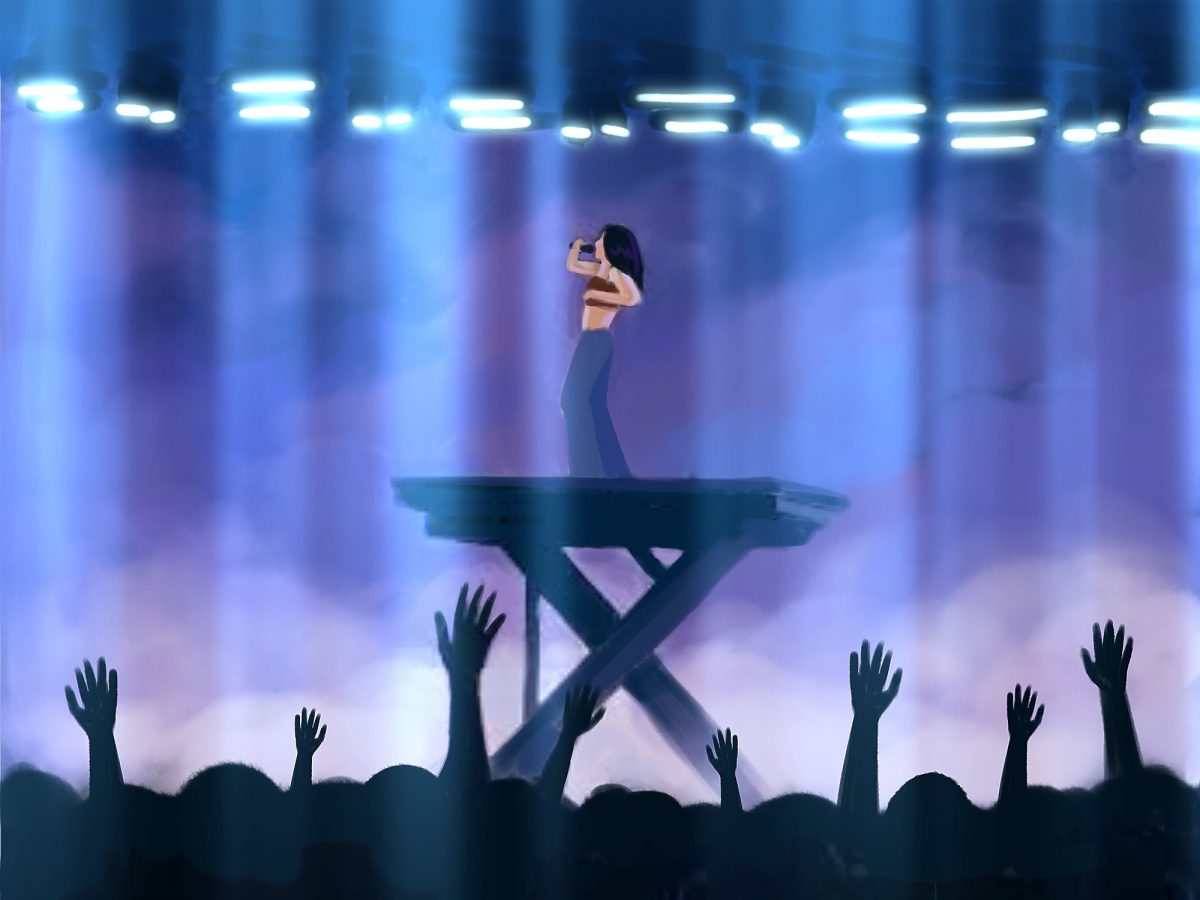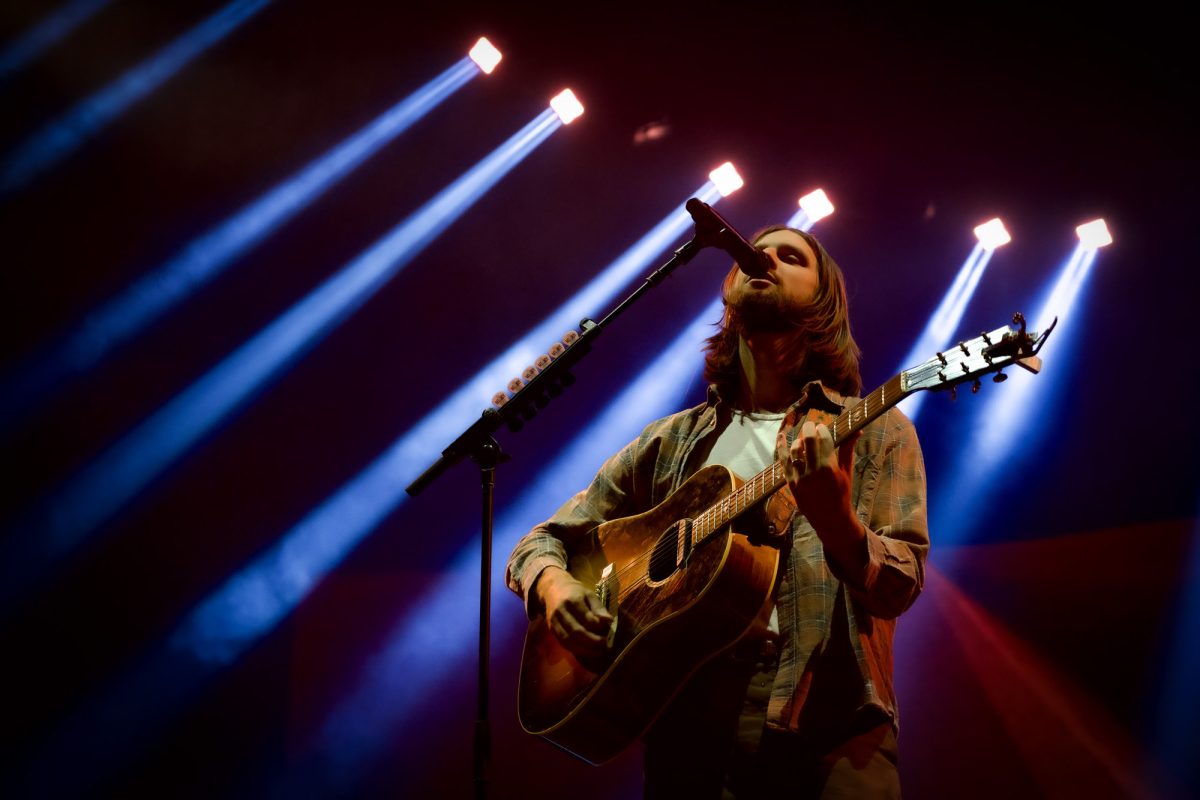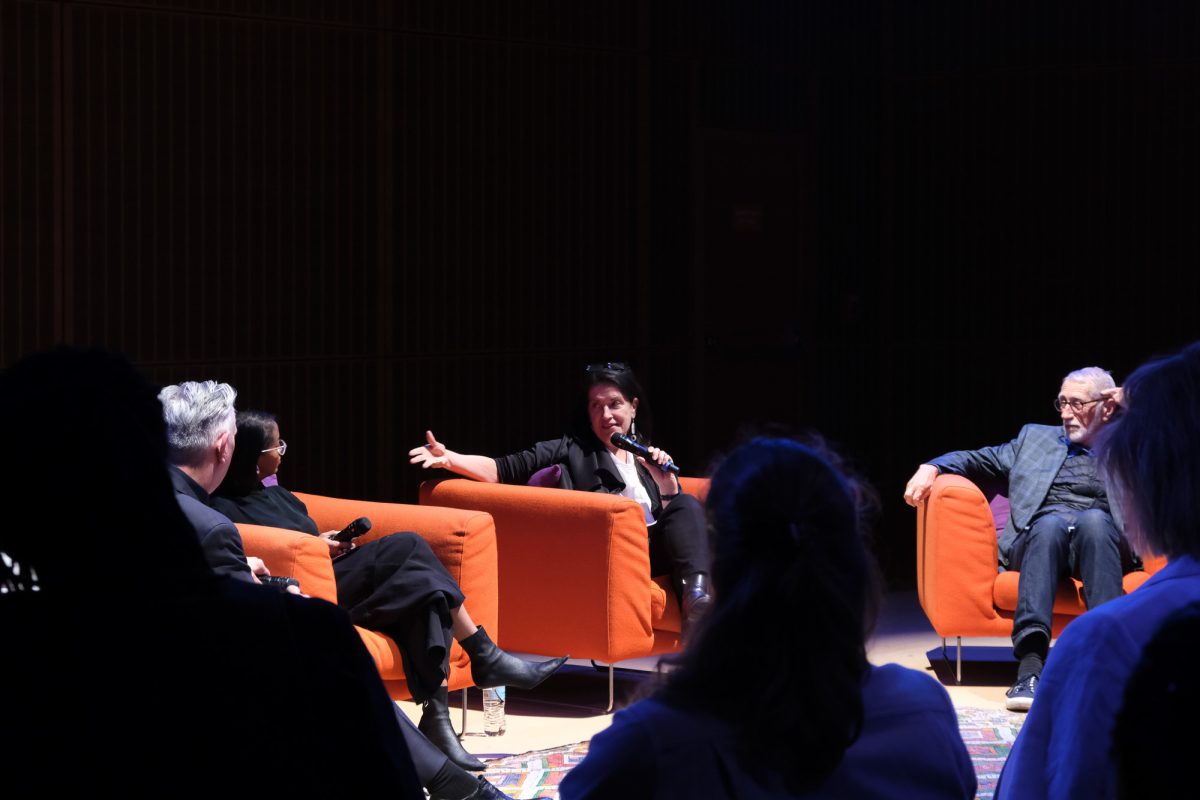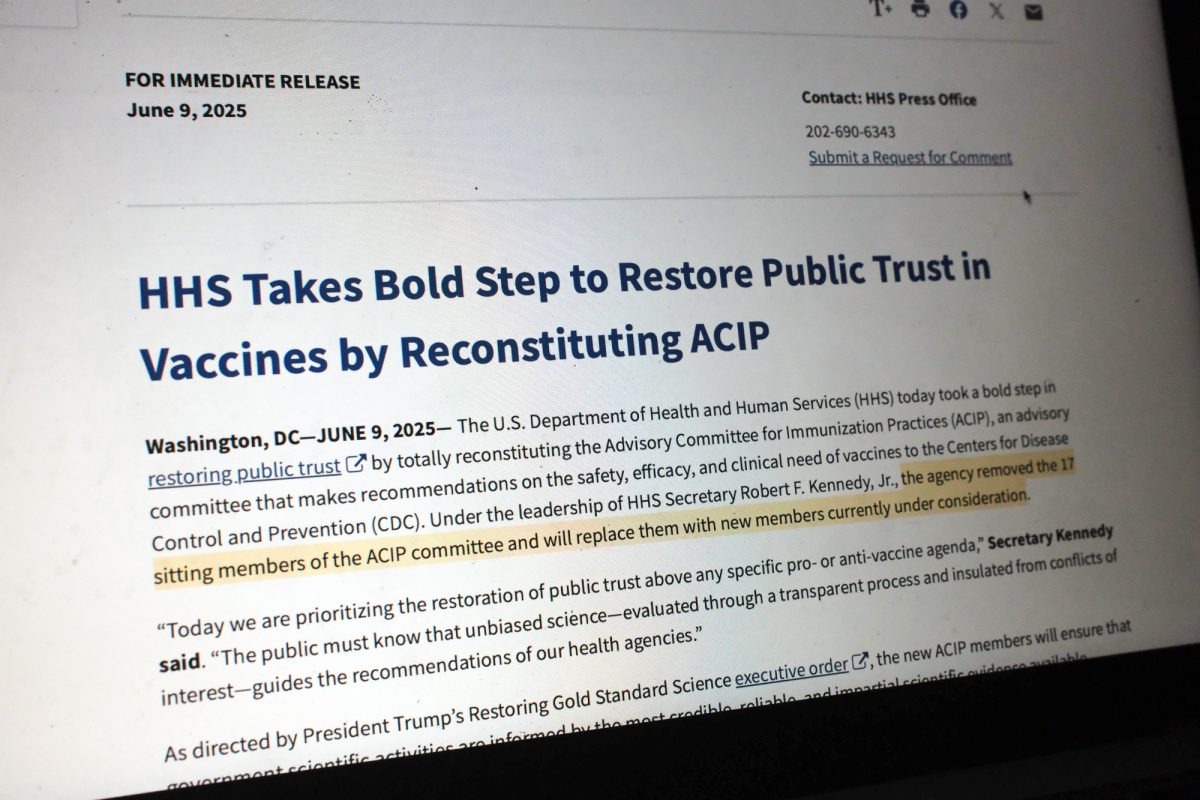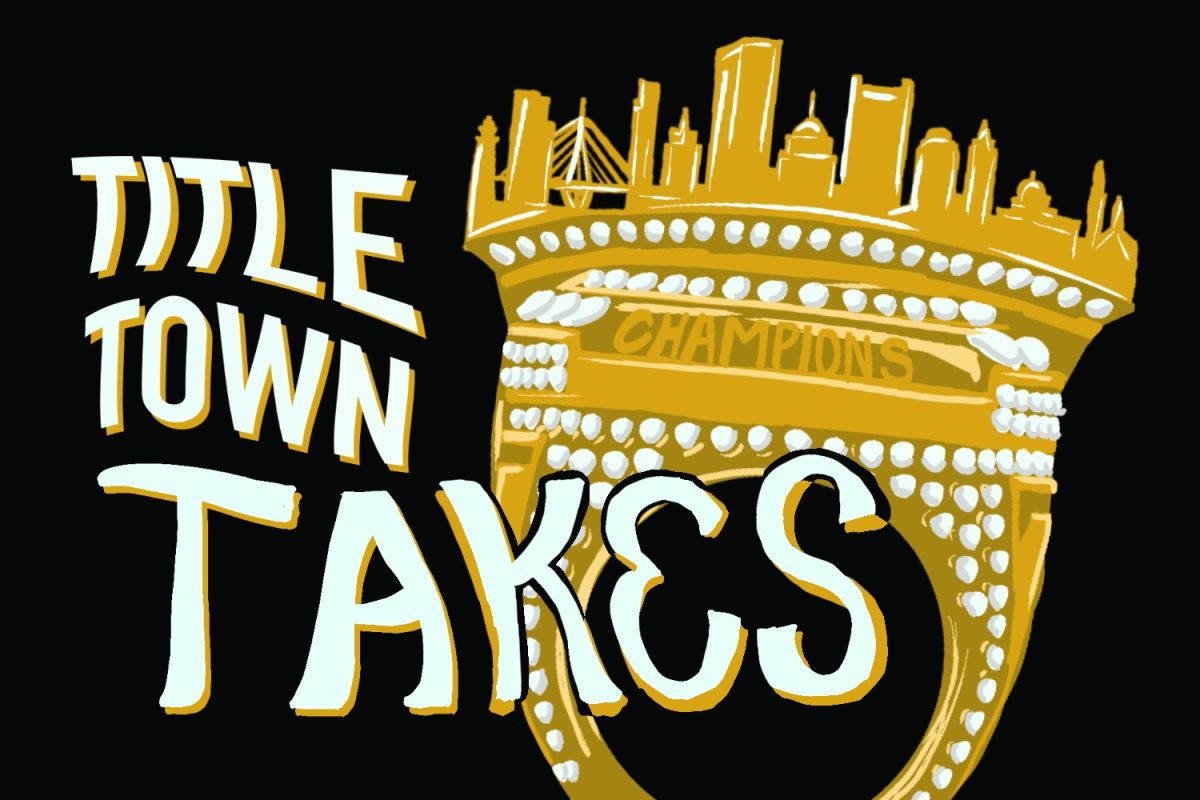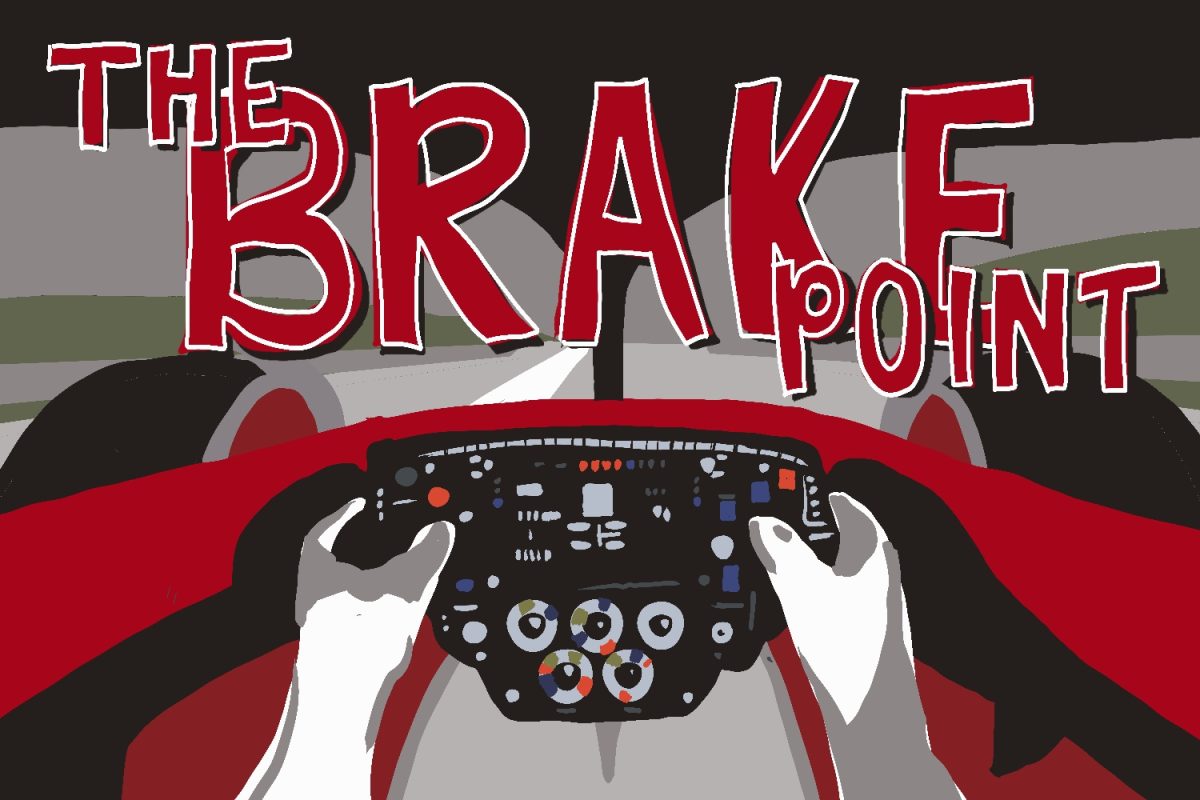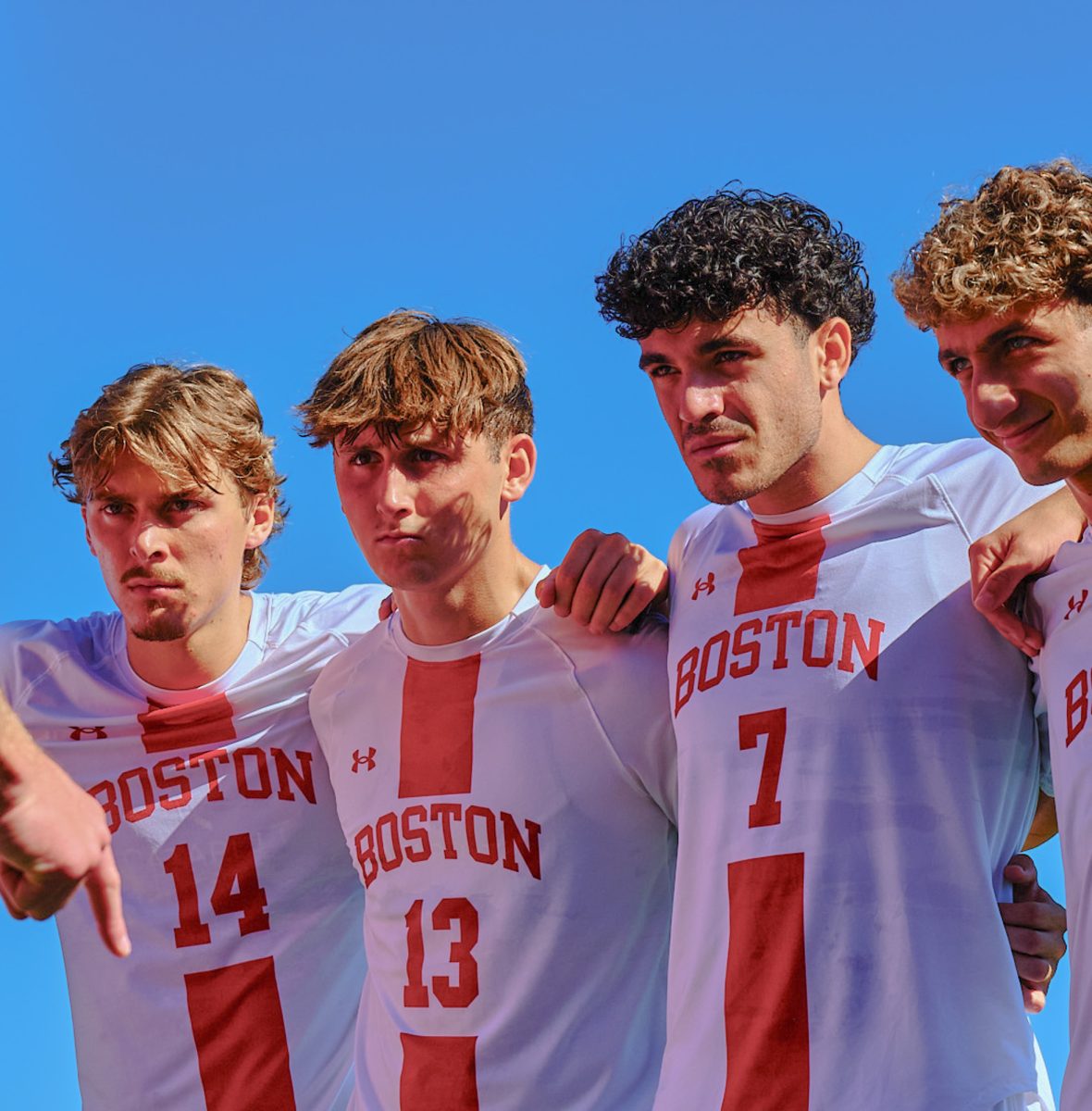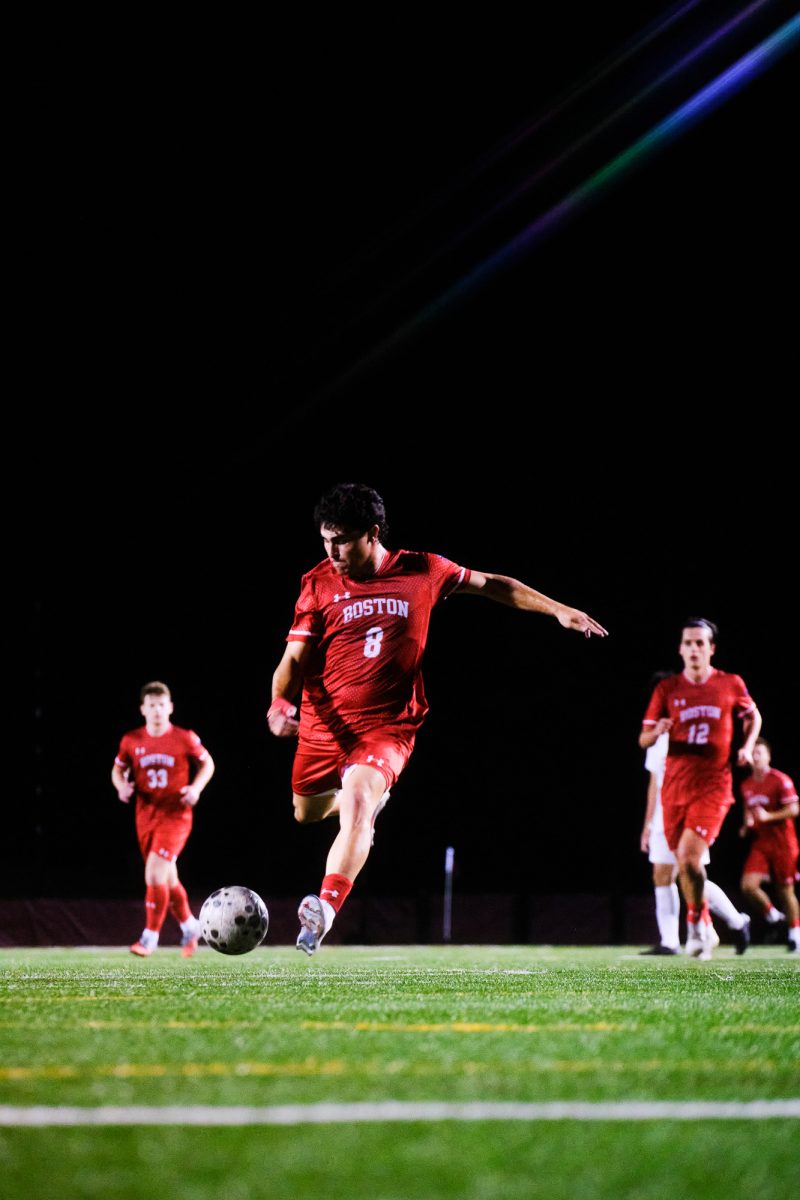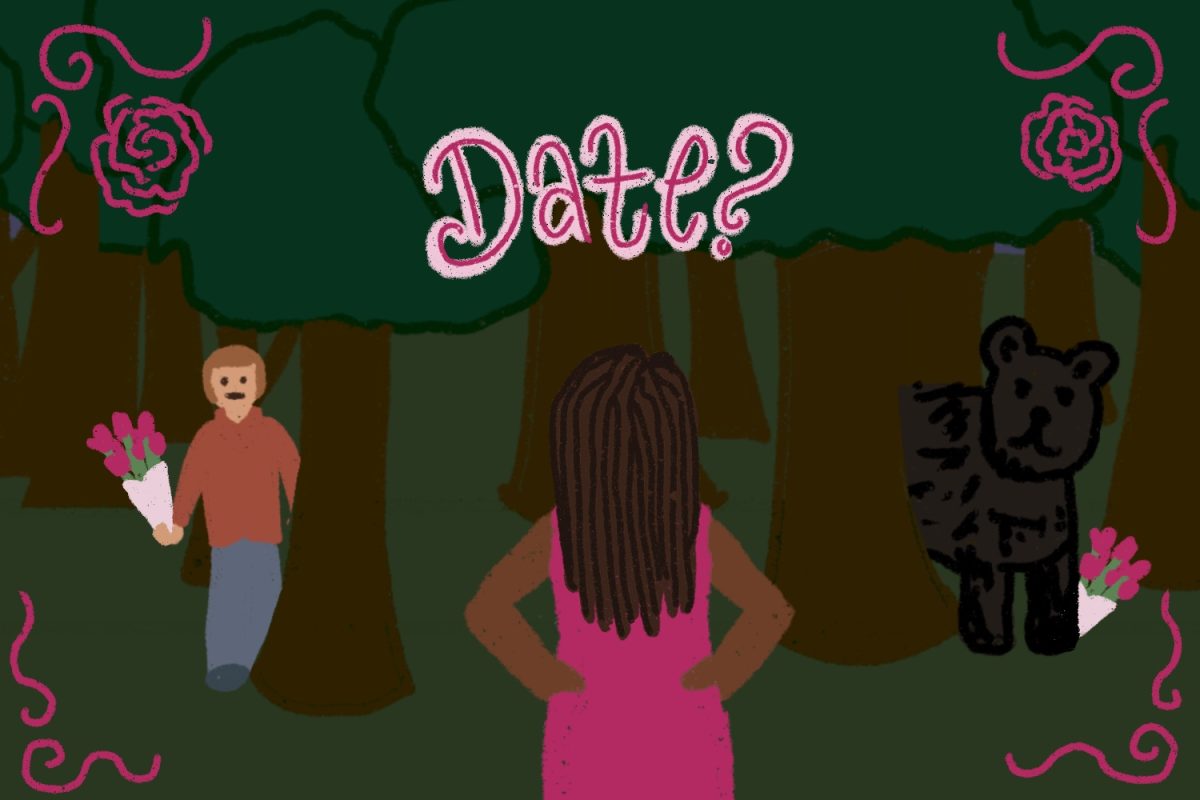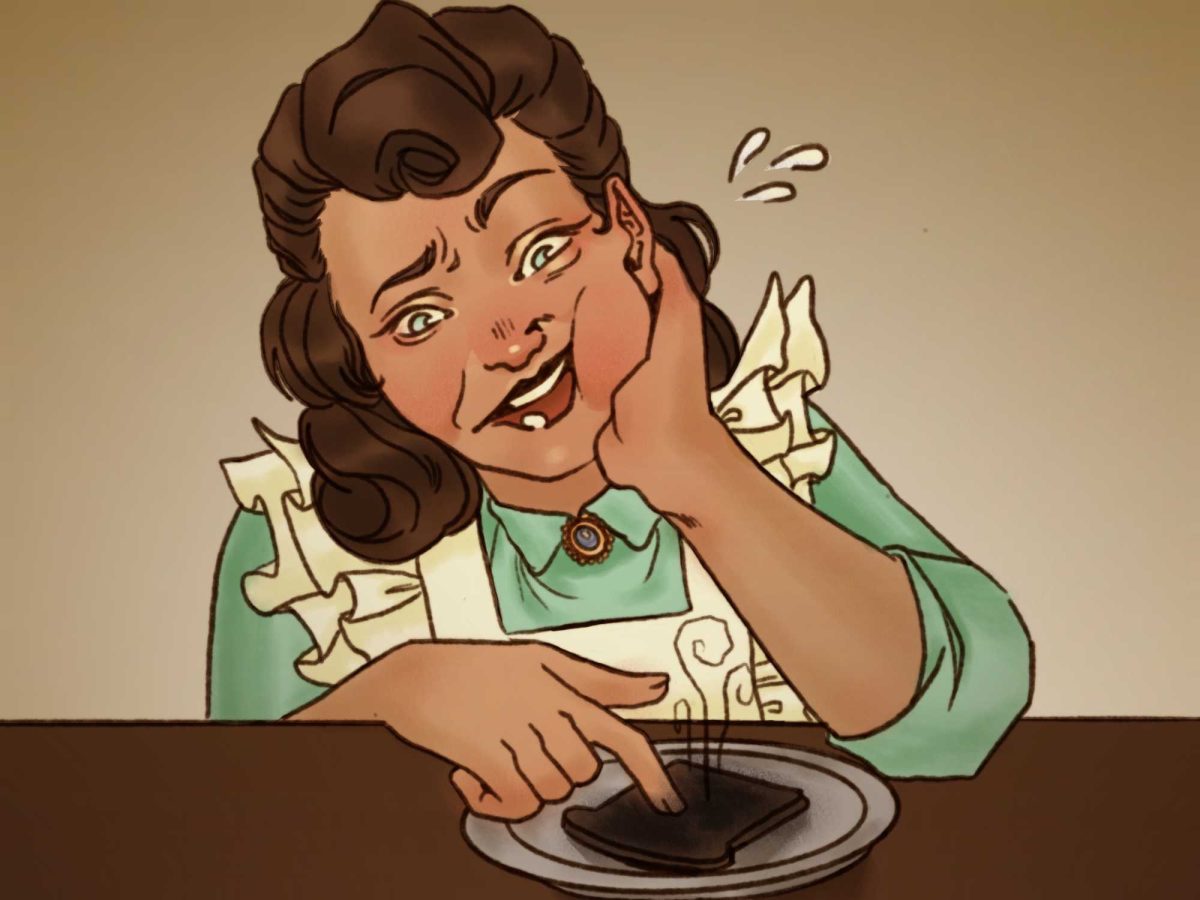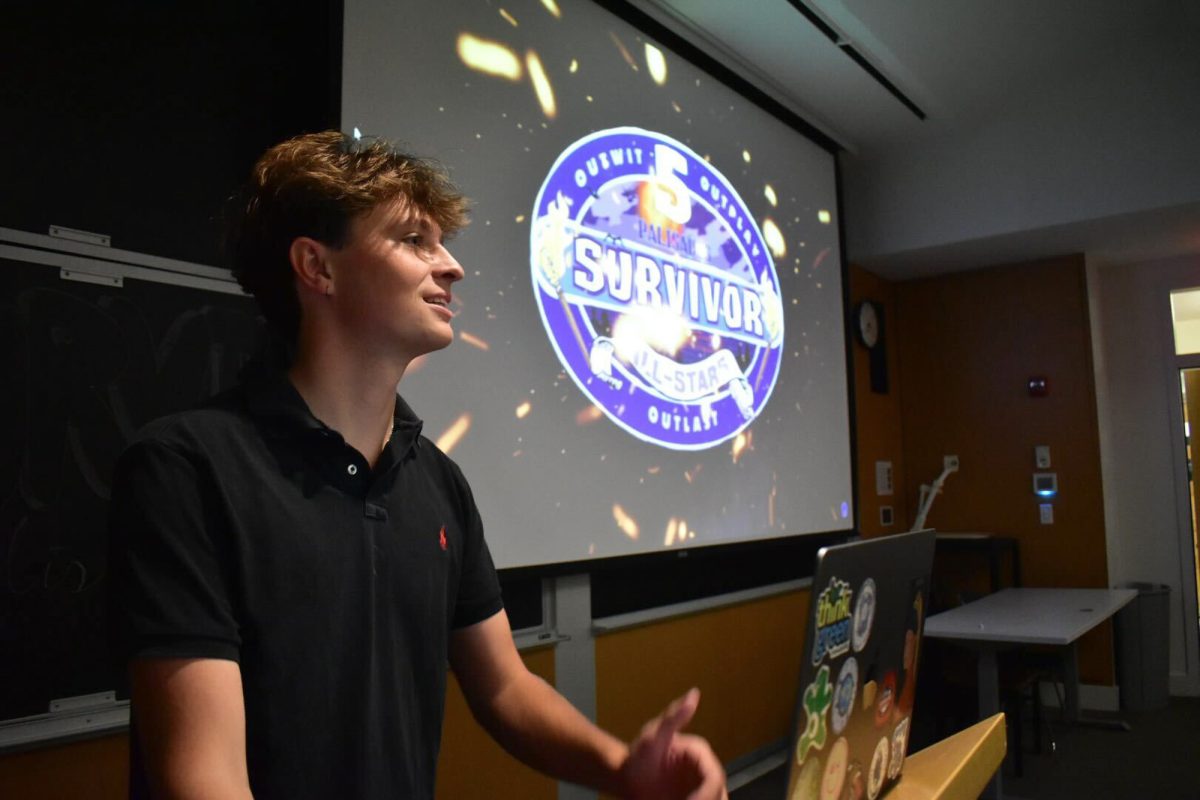While “Psycho” or “A Nightmare on Elm Street” may not initially come to mind when thinking about the genre queer horror, The History Project wants to change that.
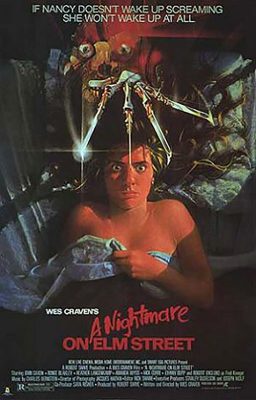
Founded in 1980, The History Project is an exclusively volunteer-run organization dedicated to documenting, preserving and publicizing the history of New England’s, and more specifically Boston’s, LGBTQ community.
On Oct. 10 The History Project held a live reading of gay horror and discussed the presence of queer characters and themes in the horror genre. The event, titled “Oh, the Horror! LGBTQ Stories of the Supernatural” was as part of the organization’s “Out of the Archives” series, which hosts monthly talks that draw from the group’s archival collection.
Tony Grima, the coordinator for the series and clerk on the board of directors for the History Project, said while the specific topics might not seem to be connected, each talk always has the same goal.
“I wish we could bring every LGBTQ person into the archives and let them find their connection to their history,” Grima wrote.
In the small room filled with Halloween-themed snacks and horror literature, lively discussion ensued. While the crowd may have been small — about five to seven people — there was never a lull in conversation and the crowd buzzed with knowledge on the organization and the horror genre.
To start the evening Joan Ilacqua, co-chair on the group’s board of directors, read a piece from transgender author Daniel Mallory Ortberg’s “The Merry Spinster: Tales of Everyday Horror” which makes light of common tropes used in horror. Ilacqua said during the event that it’s important to not only include queer characters in novels, but to make sure that inclusion is presented by those within the community as well.
Other texts that were brought up by the group as notable works of queer representation included “Words to Die By,” and “A Sillohette Against Armageddon.” These works have brought a new light to how queer people can serve as the focal point of the horror genre, Ilacqua said during the event.
The group also addressed “unintentional gayness” and queerbaiting in the genre — including the example of Norman Bates, one of horror’s most infamous killers, crossdressing in “Psycho.”
The discussion also emphasized how far the LGBTQ community has come in regards to how they are represented in the genre. The fetishization of gay characters — as seen in tropes like lesbian vampires and tragic gay romances — is slowing down and being replaced with genuine storylines following LGBTQ characters, as seen in pieces like the afformentioned “A Sillohuette Against Armageddon.”
The fact that gay characters have held such a long-standing yet dynamic presence in horror, Illaqua said during the event, proves the intense, historical importance of the LGBTQ community in such an enduring genre.
“There’s this trope of queer people being evil monsters,” Ilacqua said in an interview following the event. “But we’re here to look at gay appearances in their most positive light and talk about the ways that we’ve integrated the community into horror on our own terms.”


